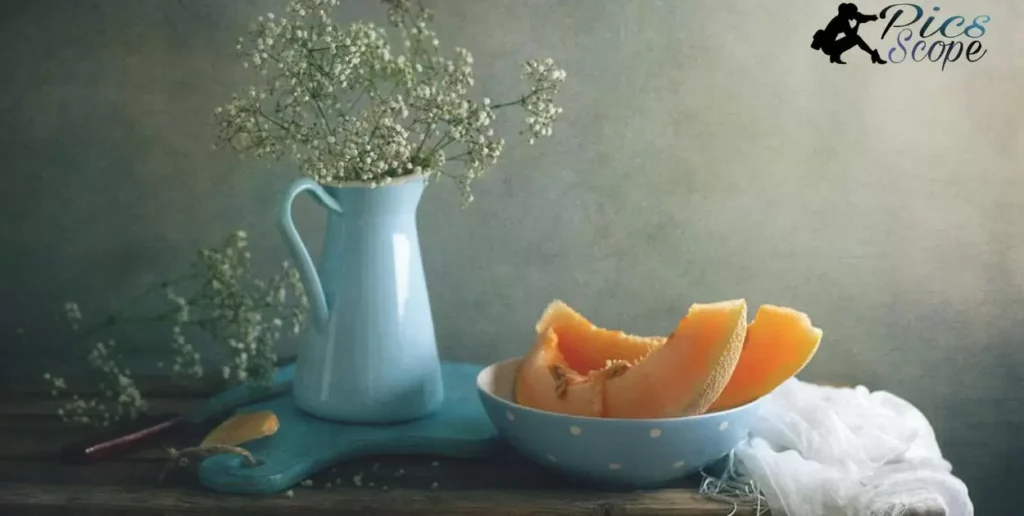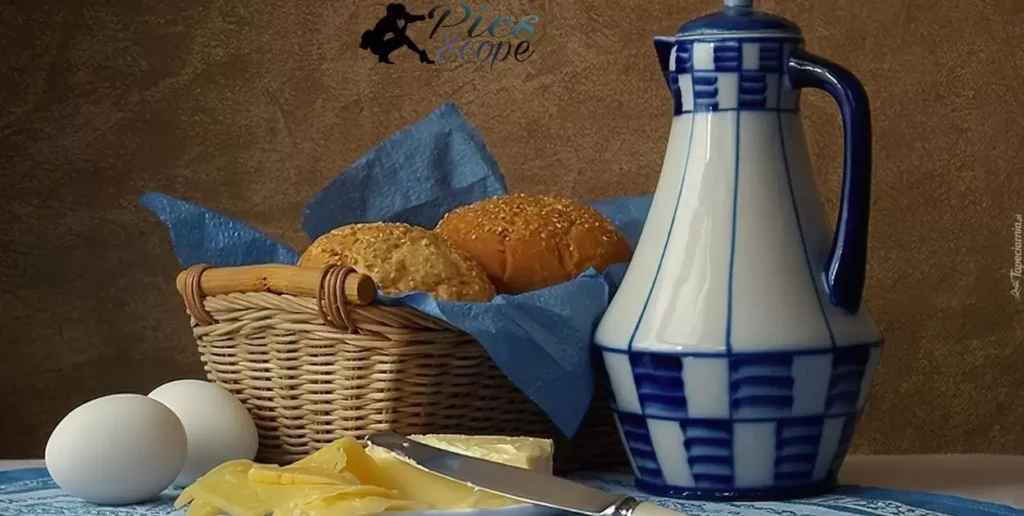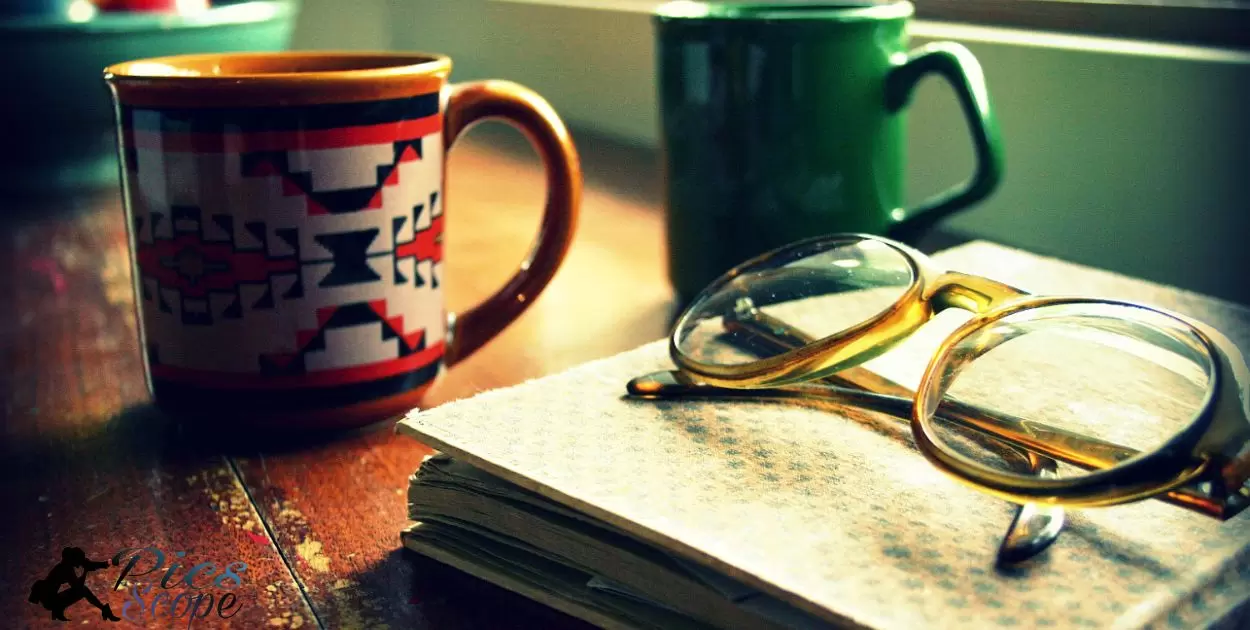Photography is the art of capturing images using a camera. It involves the use of light to create an image on a photosensitive surface. The word “photography” comes from the Greek words “phos” meaning light and “graphé” meaning drawing. Photography has evolved over the years, and there are now various types of photography, including still life photography.
What is still life photography? Have you ever wondered what it is? Still life photography is a genre of photography that involves capturing inanimate objects. These objects can be anything from fruits, flowers, and food to everyday objects like books, glasses, and vases. The goal of still life photography is to create a visually appealing image that tells a story or evokes an emotion.
Still life photography has been around for centuries and has been used by artists to create paintings and drawings. However, with the advent of photography, still life photography has become a popular genre in its own right. It allows photographers to experiment with lighting, composition, and color to create stunning images.
The Art of Still Life Photography
Still life photography is a genre of photography that involves capturing inanimate objects arranged in a visually pleasing composition. The key elements of still life photography include the subject, composition, lighting, and color.
The subject can be anything from everyday objects to food, flowers, or even abstract shapes. The composition is the arrangement of the objects in the frame, and it can be symmetrical or asymmetrical. Lighting is crucial in still life photography, and it can be natural or artificial. The color palette is also important, and it can be monochromatic or complementary.
To create a still life photography setup, you need to start by selecting your subject and arranging it in a visually pleasing composition. You can use a variety of props and backgrounds to enhance the composition.
The next step is to choose your lighting setup, which can be natural or artificial. Natural light can be diffused or direct, while artificial light can be soft or hard. You can experiment with different lighting setups to achieve the desired effect. Finally, you can adjust the camera settings, such as aperture, shutter speed, and ISO, to capture the image.
What are the key elements of still life photography?
The key elements of still life photography include the subject, composition, lighting, and color. The subject can be anything from everyday objects to food, flowers, or even abstract shapes. The composition is the arrangement of the objects in the frame, and it can be symmetrical or asymmetrical.
Lighting is crucial in still life photography, and it can be natural or artificial. The color palette is also important, and it can be monochromatic or complementary. By paying attention to these elements, you can create a visually pleasing still life photograph.
How to create a still life photography setup?
To create a still life photography setup, you need to start by selecting your subject and arranging it in a visually pleasing composition. You can use a variety of props and backgrounds to enhance the composition.
The next step is to choose your lighting setup, which can be natural or artificial. Natural light can be diffused or direct, while artificial light can be soft or hard. You can experiment with different lighting setups to achieve the desired effect. Finally, you can adjust the camera settings, such as aperture, shutter speed, and ISO, to capture the image.
What are the best lighting techniques for still life photography?
The best lighting techniques for still life photography depend on the desired effect. Lighting from the side tends to result in more interesting shots than lighting the subject head-on. It will help bring out the textures in your subject. You can also experiment with different lighting setups, such as diffused or direct natural light, or soft or hard artificial light.
Three-point lighting is a popular lighting technique that involves using three light sources placed in three different positions to control how light and shadow fall on a subject. By playing with the size, distance, intensity, and position of these light sources, including their degree angle, it is possible to create different moods.
Tips for Capturing Stunning Still Life Photographs

Still life photography is a captivating genre that allows photographers to create artistic compositions using everyday objects. With minimal equipment and a creative mindset, anyone can capture compelling still life images.
Planning and Composition
- Thoughtful Planning: Before shooting, consider the composition, how objects interact, and the overall story you want to tell.
- Hero Object: Use a hero object to guide the viewer’s eye and create a focal point.
- Rule of Thirds: Apply the rule of thirds to create a balanced and visually appealing image.
Equipment and Settings
- Camera and Lenses: A digital camera and a prime lens (e.g., 0mm) are ideal for still life photography.
- Tripod: Use a tripod to maintain stability and consistency in your images.
- ISO: Set ISO to 00 to minimize noise.
- Aperture: Use a smaller aperture (e.g., f/8-f/) to keep the entire scene in focus.
- Shutter Speed: Use slower shutter speeds (e.g., /0 second) to capture still subjects.
Lighting and Background
- Lighting: Experiment with high-key and low-key lighting setups to create different moods.
- Background: Use a black or colored velvet background to control light and create depth.
- Window Lighting: Utilize natural light from a window for a soft and moody effect.
Experimentation and Creativity
- Black and White: Explore black and white still life photography to create a timeless and nostalgic feel.
- Depth: Incorporate levels of depth to add visual interest to your images.
- Motion: Add elements of motion to your still life photography to create a sense of movement
Choosing the Right Objects for Still Life Photography
Selecting the right objects for a still life photograph is crucial to creating a visually appealing and engaging image. Consider the following tips when choosing your subjects:
- Interesting and Unique: Opt for objects that are visually interesting, have texture, or a unique shape.
- Complementary Colors: Use complementary colors (e.g., blue and orange) to create a harmonious and balanced composition.
- Analogous Colors: Utilize analogous colors (e.g., blue and green) to create a cohesive and harmonious color scheme.
- Contrast: Incorporate contrasting elements to add depth and visual interest to your image.
- Personal Style: Choose objects that reflect your personal style and aesthetic preferences.
Best Camera Settings for Still Life Photography
To capture stunning still life images, consider the following camera settings:
- Manual Controls: Use manual settings for shutter speed, aperture, and ISO to have full control over your image.
- Shallow Depth of Field: Use a low aperture to create a shallow depth of field, making your subject stand out.
- Tripod: Use a sturdy tripod to keep your camera steady and ensure sharp images.
- Live View: Utilize live view on your camera to preview your image and make adjustments as needed.
- White Balance: Set your white balance to match the lighting conditions of your still life setup.
Composing a Still Life Photograph
To create a visually appealing still life image, consider the following composition techniques:
- Rule of Thirds: Use the rule of thirds to create a balanced and visually interesting composition.
- Symmetrical and Asymmetrical Balance: Experiment with symmetrical and asymmetrical balance to create a visually pleasing image.
- Leading Lines: Incorporate leading lines to guide the viewer’s eye through the image.
- Negative Space: Use negative space to create a sense of balance and harmony in your composition.
- Experimentation: Don’t be afraid to experiment with different compositions and layouts to find what works best for your image.
By following these tips, you’ll be well on your way to creating stunning still life photographs that showcase your creativity and technical skills.
Editing Still Life Photographs

Still life photography is a genre of photography that focuses on capturing inanimate objects. Editing still life photographs can help enhance the final feel and look of your images. Here are some of the best editing techniques for still life photography:
- Use presets: Presets are resourceful elements for your still life photographs. However, you’ll need technical knowledge of Adobe Lightroom to use presets successfully in your images.
- Adjust contrast and exposure: This means making a photo brighter or darker as you want. Try to balance low, medium, and high contrast so your elements can stand out in the frame.
- Crop out distracting elements: It’s best to crop your still lifes to help refine the compositional details (like unnecessary objects at the edge of the frame).
- Use color grading: Color grading can help enhance the mood and tone of your still life photographs. Experiment with different color grading techniques to find what works best for your images.
How to use color grading to enhance still life photographs?
Color grading can help enhance the mood and tone of your still life photographs. Here are some tips on how to use color grading to enhance your still life photographs:
- Use complementary colors: Complementary colors are colors that are opposite each other on the color wheel. Using complementary colors can create a visually striking effect in your still life photographs.
- Use monochromatic colors: Monochromatic colors are different shades of the same color. Using monochromatic colors can create a cohesive and harmonious effect in your still life photographs.
- Use warm and cool colors: Warm colors (like red, orange, and yellow) can create a sense of warmth and energy in your still life photographs. Cool colors (like blue, green, and purple) can create a sense of calm and tranquility in your still life photographs.
What are the best software tools for editing still life photographs?
There are many software tools available for editing still life photographs. Here are some of the best software tools for editing still life photographs:
- Adobe Lightroom: Adobe Lightroom is a popular software tool for editing still life photographs. It offers a wide range of editing tools, including presets, color grading, and cropping.
- Capture One: Capture One is another popular software tool for editing still life photographs. It offers advanced color grading tools and a user-friendly interface.
- Photoshop: Photoshop is a powerful software tool for editing still life photographs. It offers advanced editing tools, including layers and masks, that can help you create stunning still life photographs.
- Affinity Photo: Affinity Photo is a budget-friendly software tool for editing still life photographs. It offers a wide range of editing tools, including color grading and cropping.
- GIMP: GIMP is a free and open-source software tool for editing still life photographs. It offers a wide range of editing tools, including color grading and cropping.
How to use still life photography in your work?
Still life photography can be used in various ways to enhance your work. It allows you to have complete control over the composition, lighting, and subject matter, making it an excellent genre for experimentation and creativity. One way to use still life photography is to create product shots for advertising or e-commerce.
Skilled product photographers can make ordinary objects look extraordinary, and still life photography provides an excellent opportunity to hone your skills in this area. Another way to use still life photography is to create art prints or stock images for sale.
Still life images can be used in a variety of contexts, from home decor to editorial content. Finally, still life photography can be used to improve your skills in other areas of photography, such as composition, lighting, and camera control.
What are the benefits of still life photography?
There are several benefits to practicing still life photography. First, it allows you to have complete control over the composition, lighting, and subject matter, making it an excellent genre for experimentation and creativity.
Second, still life photography can be done with minimal equipment, making it accessible to photographers of all levels. Third, still life photography can be a great way to improve your skills in other areas of photography, such as composition, lighting, and camera control.
How to improve your still life photography skills?
Improving your still life photography skills requires practice and experimentation. One way to improve your skills is to study the work of other still life photographers and artists. Look for inspiration in art history, as well as contemporary photography.
Another way to improve your skills is to experiment with different lighting setups and camera angles. Try using natural light, as well as artificial light sources, and experiment with different camera angles to find what works best for your subject matter.
Finally, practice your composition skills by experimenting with different layouts and arrangements of your objects. Consider composition styles like the rule of thirds when composing your still life image, and tweak and adjust your layout as you go to refine your composition skills and identify what makes a photo pleasing.
FAQ’s
What are some examples of still life photography?
Still life photography can feature a wide range of subjects, including fruits, flowers, books, jewelry, and other inanimate objects.
What techniques are used in still life photography?
Still life photography involves precise arrangement, lighting, and framing to bring inanimate objects to life. Photographers have control over lighting, mood, and composition, and can experiment with different backgrounds, textures, and colors.
What does “stills” mean in photography?
“Stills” in photography refers to still images or photographs that are not part of a moving sequence or video. In still life photography, photographers create images of inanimate objects that are not moving.
What does a still life picture show?
A still life picture shows an arrangement of inanimate objects that are carefully composed, lit, and framed to create a visually interesting image. Still life photography can be used to tell a story, evoke a mood, or simply showcase the beauty of everyday objects.
How can I improve my still life photography?
To improve your still life photography, you can experiment with different lighting, backgrounds, and compositions. Planning your photo in advance, using a tripod, and paying attention to negative space and proportional relations can also help.
Conclusion
Still life photography is a genre of photography that uses precise arrangement, lighting, and framing to bring inanimate items to life. This type of photography gives you total control over every element of your images, from concept to shutter release.
To level up your creative process and keep things interesting, it is important to explore a variety of creative still life photography ideas. Experiment with lighting and exposure, and try shooting with different backgrounds, textures, and colors.
In still life photography, you won’t generally stumble upon a great photo by sheer luck. You should take charge of the entire creative process. The more you plan out your shoot, the better the result is likely to be. So take some time to brainstorm ideas and how you can execute them. Different styles of still life photography will present unique challenges, so you’ll want to factor these challenges, or how you’ll overcome them, into your planning.







